Students in the U's video game program learn to forge captivating experiences while preparing to enter a competitive industry.
You’re in a dark, abandoned research facility, surrounded by rubble and broken equipment. Picking up a document on a nearby desk, you discover supernatural beings have escaped the facility, causing mass destruction. Your mission: to rescue civilians and destroy the beings. As you move through labs illuminated by dim yellow emergency lights, fiery orange creatures appear and rush at you. Luckily, your special flashlight frightens them away… for now.
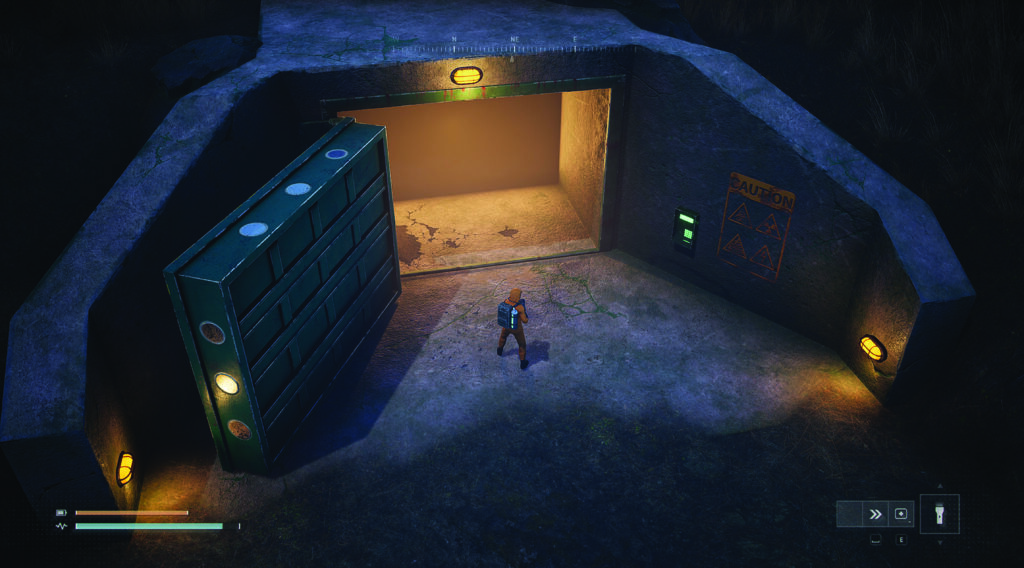
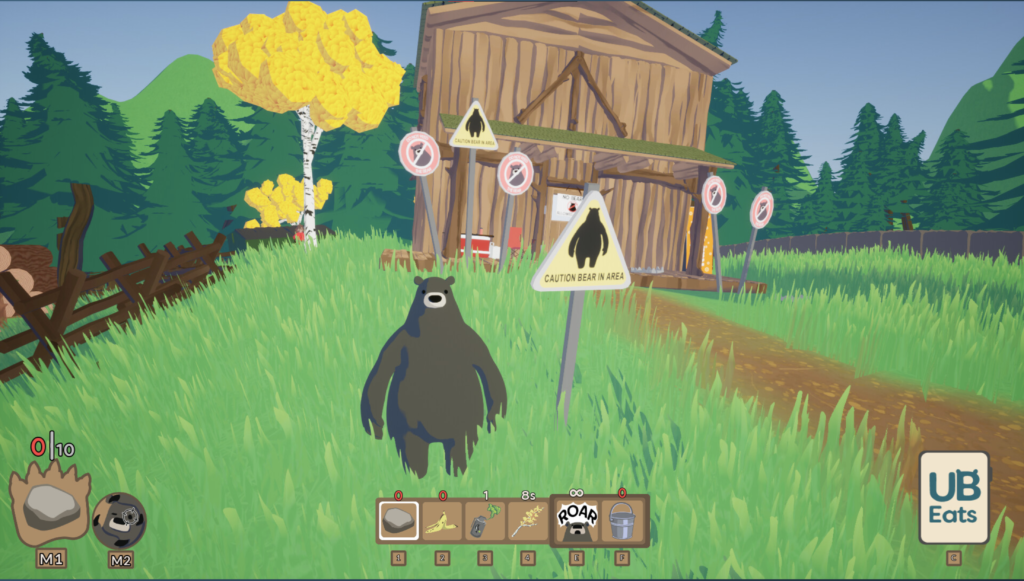
In another world, you’re an adorable cartoon bear in a sunny national park campground. Your goal: to steal food for your “UBear Eats” service without getting caught by park rangers. You sneak among green pines and yellow aspens toward a beehive, pick up a rock, and take aim. Success! As bees swarm and pandemonium ensues, you snatch a watermelon from a picnic table. Now it’s time to hide in the bushes and plan your next scheme.
The examples above are two of the many video game universes created by students in the University of Utah’s Division of Games. The contrasting worlds—from the eerie Dissonance to the whimsical Your Average Bear—couldn’t be more different. But they share characteristics of a successful digital playground: a compelling narrative, impressive visuals, well-designed gameplay, and a smooth user experience.
According to national rankings, there’s no better place than the U to learn the art and science of creating immersive worlds. In 2024, the U’s Division of Games, or Utah Games (formerly known as Entertainment Arts & Engineering), was ranked No. 1 among U.S. public universities by U.S. News & World Report. Meanwhile, Princeton Review ranked its undergrad program No. 1 and graduate program No. 2 for public universities worldwide in 2024 and 2025.
Perhaps it’s no surprise given the U’s legacy as a computer graphics pioneer with alumni who blazed video game trails. Take Nolan Bushnell BS’69, co-founder of Atari, the company that launched electronic games into the mainstream with Pong. (Campus proudly boasts an original Pong console signed by Bushnell himself.)
Games have come a long way since Pong’s white square bouncing between two lines, and the industry has evolved with it. With top-ranked faculty, strong industry ties, and a curriculum that evolves with the latest innovations, Utah Games gives graduates a clear edge in a field as competitive as a battle royale.
BEYOND FUN AND GAMES
When Jennifer Egan MEAE’21 was seeking a career change, her mother suggested video games. “I was like, ‘Mom, that’s not a real job,’ ” says Egan. But after researching college programs and attending a games division exhibition at the U, the lifelong gamer was convinced of the career potential—and of the quality of the U’s program. Living out of state at the time, she thought, “It looks like I’m moving back to Utah.”
Gaming is serious business, generating $228 billion in revenue in 2023, and it’s projected to exceed $300 billion by 2028. “The video game industry worldwide generates more revenue than the movie and music industries combined,” notes Michael Young, director of Utah Games. Despite recent industry layoffs, experts expect the job market to bounce back as gaming continues to grow in popularity. Salt Lake City stands out as particularly promising—The Wall Street Journal ranked it as the hottest job market in 2023, with tech making up a large piece of the pie. The Beehive State is home to 21 game companies, many located in Salt Lake, and the proximity is a boon to U students and grads. Egan, for instance, landed a job at Utah-based Warner Bros. Games’ Avalanche Software after interning there, joining many U alumni. She was one of about 30 Utah Games grads at Avalanche who contributed to 2023’s top-selling game, Hogwarts Legacy.
Experience U student games for yourself! Many games are available to play for free online. Check out this selection.
No two worlds are the same in the games created by U students, as shown in these imaginative examples.
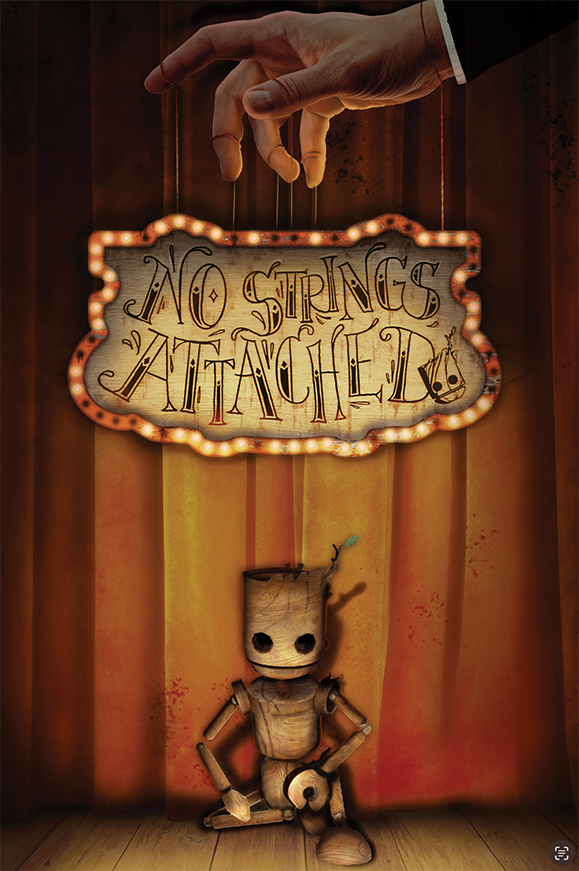
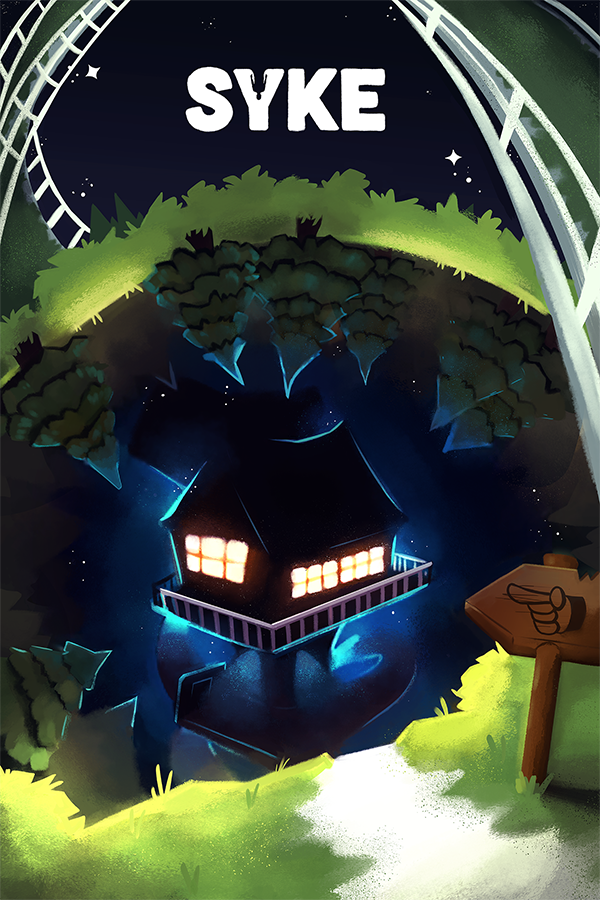

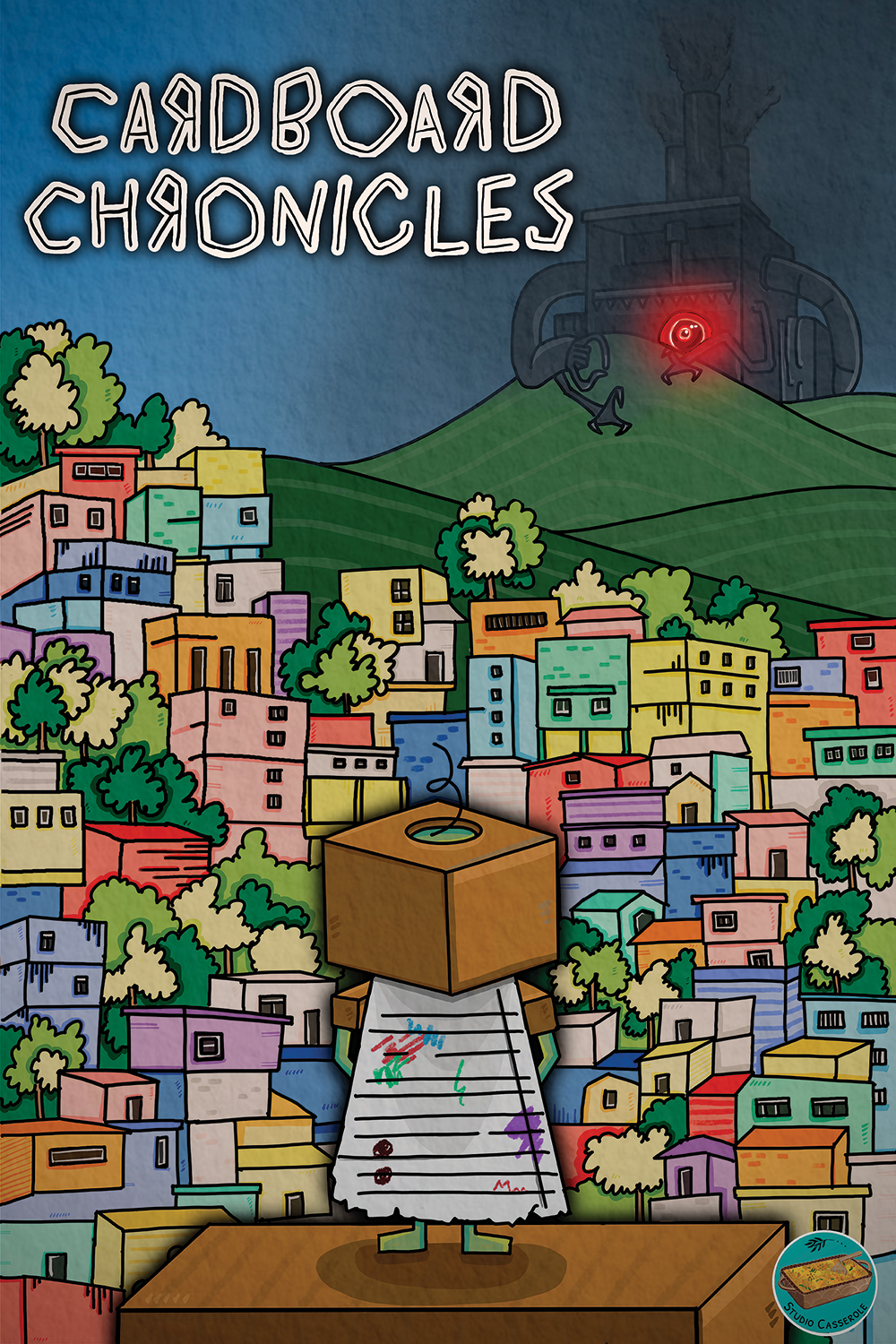
MULTIFACETED MAGIC
The biggest misconception about a career in video games, says Preston Phung BS’23, is that you need to be a computer programmer. “There are tons of different roles in game design,” he says (see “It Takes a Village to Create a World” below).
Phung found computer science wasn’t his thing, so he pursued a different path to the gaming world. The U’s undergrad program offers tracks in four main game development roles: engineering (programming), art, design, and production. With strong leadership and organization skills, Phung chose production. Game producers manage the overall project, coordinating tasks and overseeing timeline and budget. Now in the master’s program, he’s refining his project management skills.
Utah Games is expanding its scope and establishing itself as a leader in game studies. Since its undergraduate degree, the BS in Games, launched in 2017, the program has skyrocketed in demand and is now the eighth most popular major on campus. It achieved division status recently, allowing for the addition of research faculty. It also moved to the College of Architecture + Planning (CAP) to support its growth.

Utah Games alumni work on ultra-popular games such as Hogwarts Legacy (above), Diablo (below), Minecraft, Fortnite, World of Warcraft, and many more.

“The move to CAP underscores our commitment to advancing Utah Games as a distinctly interdisciplinary enterprise,” says Dean Arnab Chakraborty, noting that CAP’s structure supports faculty with widely different disciplinary backgrounds and research and teaching practices. Chakraborty adds that the move will continue to promote gaming as entertainment arts and engineering, while opening new applications for games, from health care to city planning. According to the Utah Games anouncement, the move also “allows for greater collaboration and synergy between game design and architectural principles, fostering innovative approaches to interactive and immersive environments.”
The program also recently expanded to the U Asia Campus in South Korea, a global gaming hotbed that generated $16 billion in 2021. The demand is certainly there—enrollment surged from 2 students in 2023 to 46 in 2024. Chakraborty adds that the opportunity to attend both campuses offers Games students a unique cultural perspective that “enriches their educational experience a great deal.”
Utah Games employs faculty with expertise in every facet of game creation, from computer science and engineering to social science and humanities. “People create meaning around their play, and that type of meaning is deeply understood by humanists,” explains Games director Young.
In fact, Egan says her undergraduate English degree and love of storytelling prepared her well for her current role as a game designer. Not to be confused with artists, designers craft gameplay experiences, such as narrative, objectives, and how the player interacts with the environment.
“You need to anticipate players doing the unexpected,” says Egan. “The whole point is that you’re letting someone play in the world you’ve created.”
Game psychology and philosophy classes help students understand what pleases and motivates players. Phung says he found these courses especially eye-opening. Covering everything from how eyes interpret colors to the brain’s reward system to the role of play in humans’ lives, “these classes changed the way I look at games,” he says. With this insight, students learn not just to build games, but also to create experiences players crave.
FROM CONSUMERS TO CREATORS
With an estimated 3 billion gamers in the world, it’s no wonder the video game job market is so competitive. “Kids grow up wanting to transition from content consumers to content creators,” Young says. The program’s “secret sauce” for preparing grads to break into the field, he notes, is project-based learning. Every student must publish at least one game, working in interdisciplinary teams over an entire semester or year. That means graduates leave the university with a portfolio as well as significant experience.
IT TAKES A VILLAGE TO CREATE A WORLD
“Games are an enormous team effort,” says Jennifer Egan. Take a look at the many players:

Artists create models for characters, props and settings
Tech artists handle visual effects and cinematics
Engineers program the underlying systems and mechanics
Designers conceive missions, levels, rules, and player behaviors
Audio team supplies music and sound effects

Writers craft the narrative and story
User researchers run playtests with focus groups to gather data
UI/UX designers create user interfaces and optimize the play experience
Producers coordinate tasks and manage schedule and budget
Quality assurance team runs playtests to check for software and gameplay issues
Understanding that internships are a golden ticket into gaming, Utah Games dedicates staff to industry relations, connecting students with local opportunities. The division also brings in high-profile mentors like Nintendo of America president (and U alum) Doug Bowser BS’84, who offer insight into industry expectations and skills studios seek in employees.
As gaming evolves, the division plans to remain at the forefront. With a $25 million investment from the U’s Office of the President, Utah Games intends to hire new faculty and expand its research and teaching lab facilities. “We believe in the power of games to change people’s lives for the better,” Young says. “Our research mission is to develop a much deeper understanding of where that power comes from and how we can use it to make the world a better place.”
Lisa Anderson is associate editor of Utah Magazine.



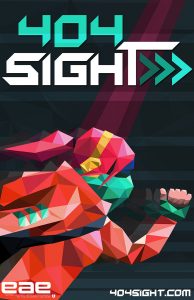
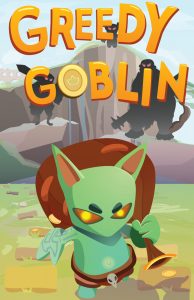
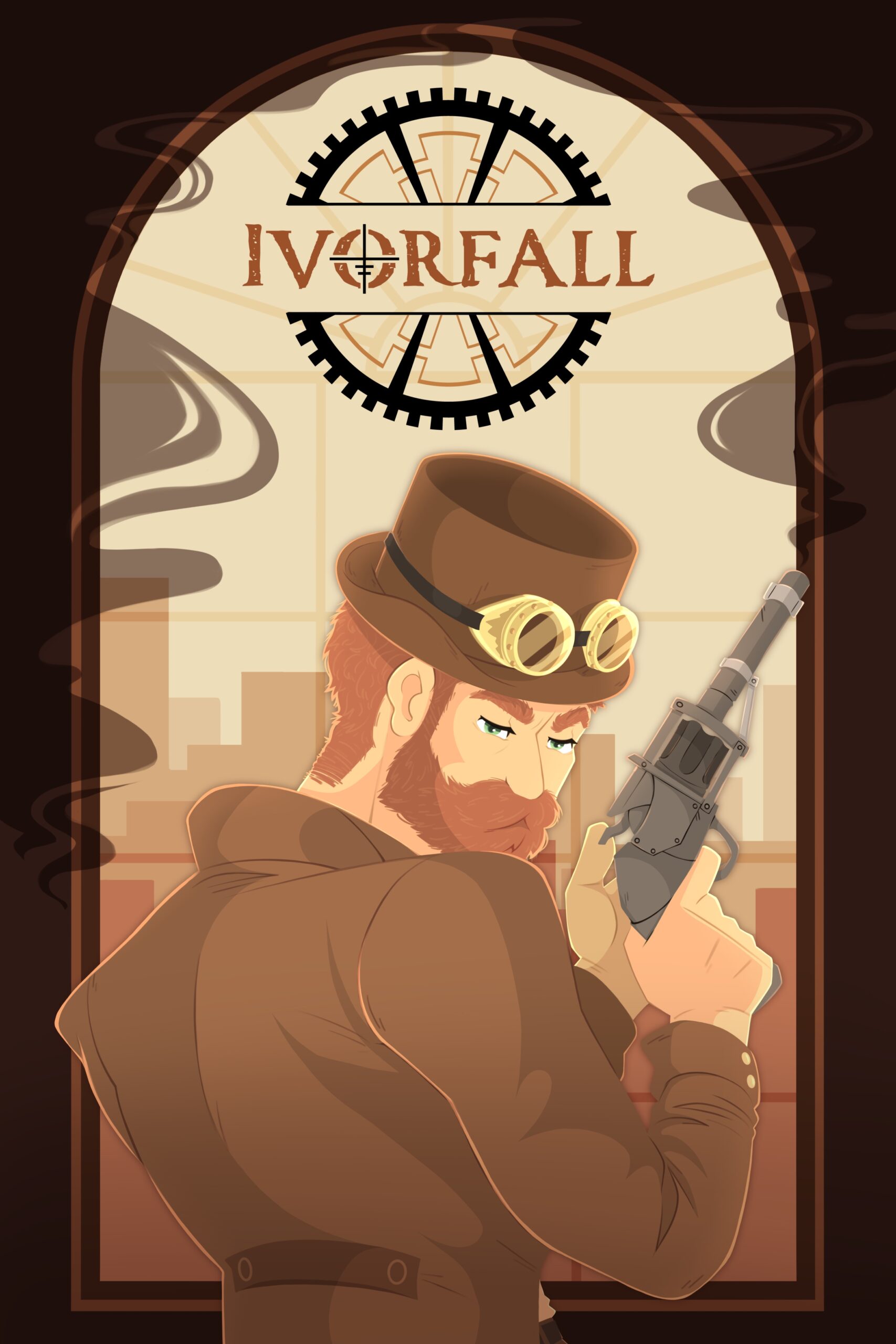
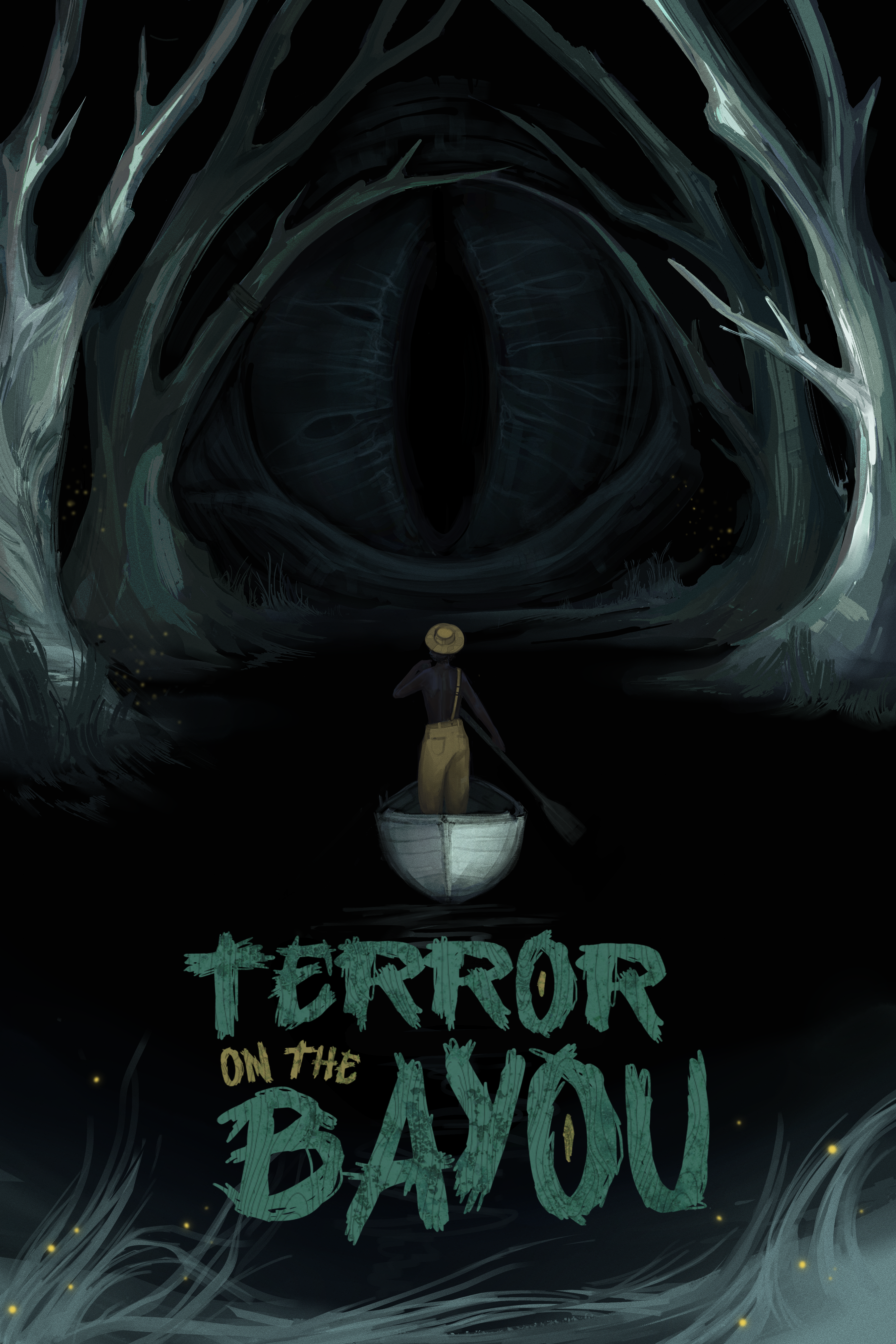
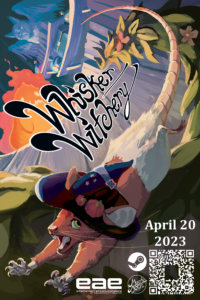

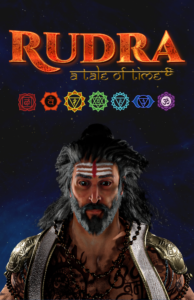

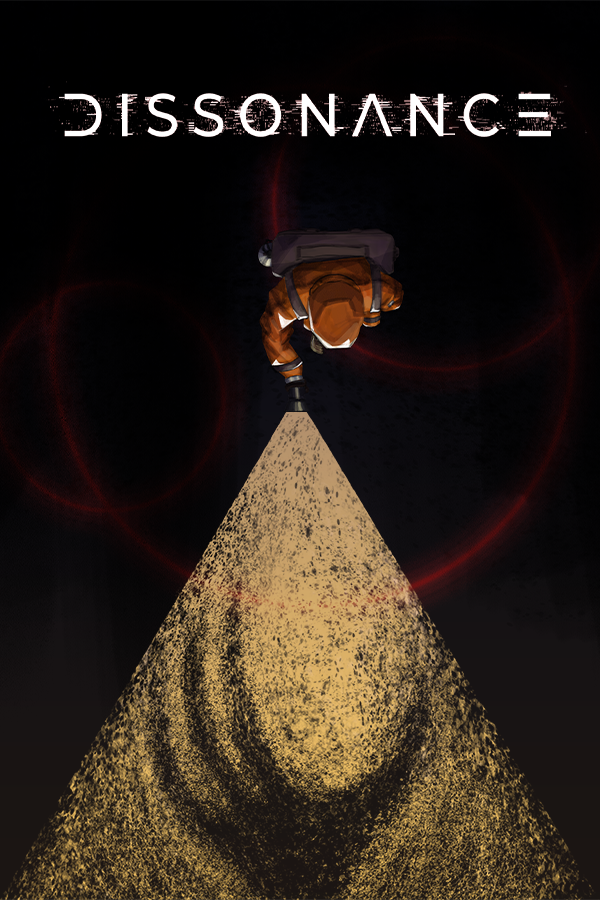
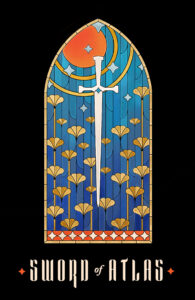

I’m sharing this article with my high school aged son. He loves games and I keep telling him to go to the U of U for a good gaming program. I liked learning about all the different career options in the industry.